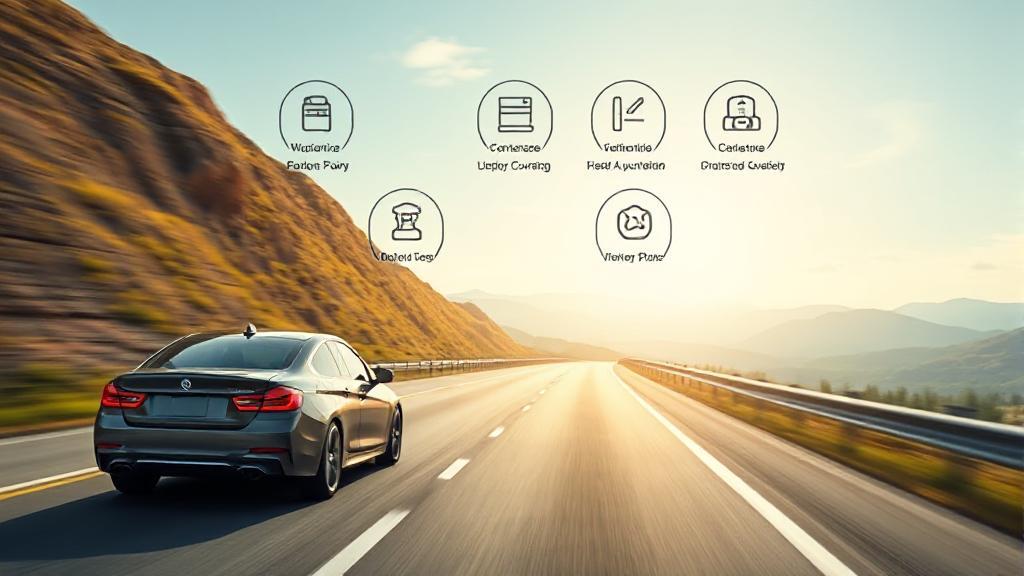Understanding Car Insurance Basics
Car insurance is a contract between you and an insurance company that protects against financial loss in accidents or theft. Most states require drivers to have minimum coverage, providing both legal compliance and peace of mind while driving.
Essential Coverage Types
1. Liability Coverage
Liability insurance is mandatory in most states and includes two main components:
- Bodily Injury Liability: Covers medical expenses, lost wages, and legal fees
- Property Damage Liability: Pays for damage to others' property
The Insurance Information Institute recommends carrying liability limits of at least $100,000 per person and $300,000 per accident.
2. Collision Coverage
Collision insurance pays for damage to your vehicle when you:
- Hit another vehicle
- Strike a stationary object
- Roll your vehicle
- Experience a single-car accident
A deductible typically ranges from $250 to $1,000.
3. Comprehensive Coverage
"Comprehensive coverage protects against everything except collision-related damage."
This coverage handles:
- Natural disasters
- Theft
- Vandalism
- Falling objects
- Animal collisions
- Glass damage
4. Personal Injury Protection (PIP)
Required in "no-fault" states, PIP covers:
- Medical expenses
- Lost wages
- Rehabilitation costs
- Essential services
- Funeral expenses
5. Uninsured/Underinsured Motorist Coverage
This protection helps when you're hit by:
- Drivers with no insurance
- Drivers with insufficient coverage
- Hit-and-run drivers
Factors Affecting Premium Costs
| Factor | Impact |
|---|---|
| Driving Record | High |
| Vehicle Type | Medium-High |
| Location | Medium-High |
| Credit Score | Medium |
| Annual Mileage | Medium |
| Age/Experience | High |
Additional Coverage Options
- Gap Insurance: Covers the difference between loan balance and car's value if totaled
- Rental Reimbursement: Pays for rental car during repairs
- Roadside Assistance: Provides services like:
Saving on Insurance
Bundle Policies
Combining auto insurance with homeowners or renters insurance often results in significant discounts.
Safety Features
Modern vehicles with advanced safety features may qualify for discounts:
- Anti-lock brakes
- Anti-theft devices
- Advanced driver assistance systems
- Airbags
Good Driver Discounts
Maintain a clean driving record for:
- Safe driver discounts
- Accident-free discounts
- Good student discounts (for younger drivers)
How to Choose the Right Coverage
Consider these factors when selecting coverage:
- State Requirements: Check your state's minimum requirements at the Federal Trade Commission
- Vehicle Value: Evaluate whether additional coverage is necessary
- Budget: Balance premium costs with protection needs
- Personal Circumstances: Consider driving habits, location, and financial situation
For more detailed information, visit the National Highway Traffic Safety Administration or consult with a licensed insurance agent.
